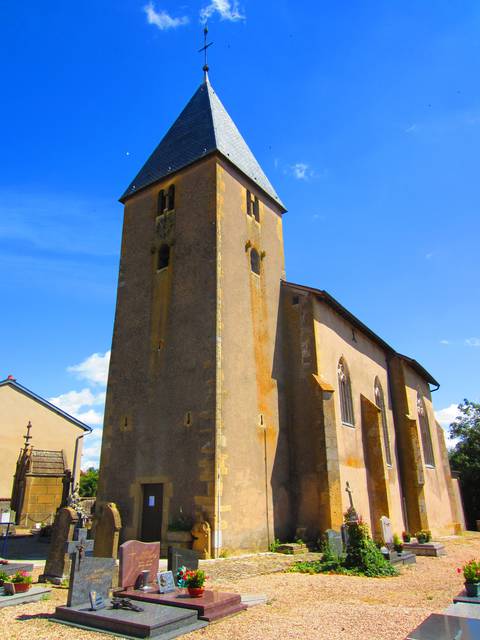
Sillegny is a commune in the Moselle department in Grand Est in north-eastern France. The inhabitants are referred to as the Sillegnois.

Sillegny is a commune in the Moselle department in Grand Est in north-eastern France. The inhabitants are referred to as the Sillegnois.